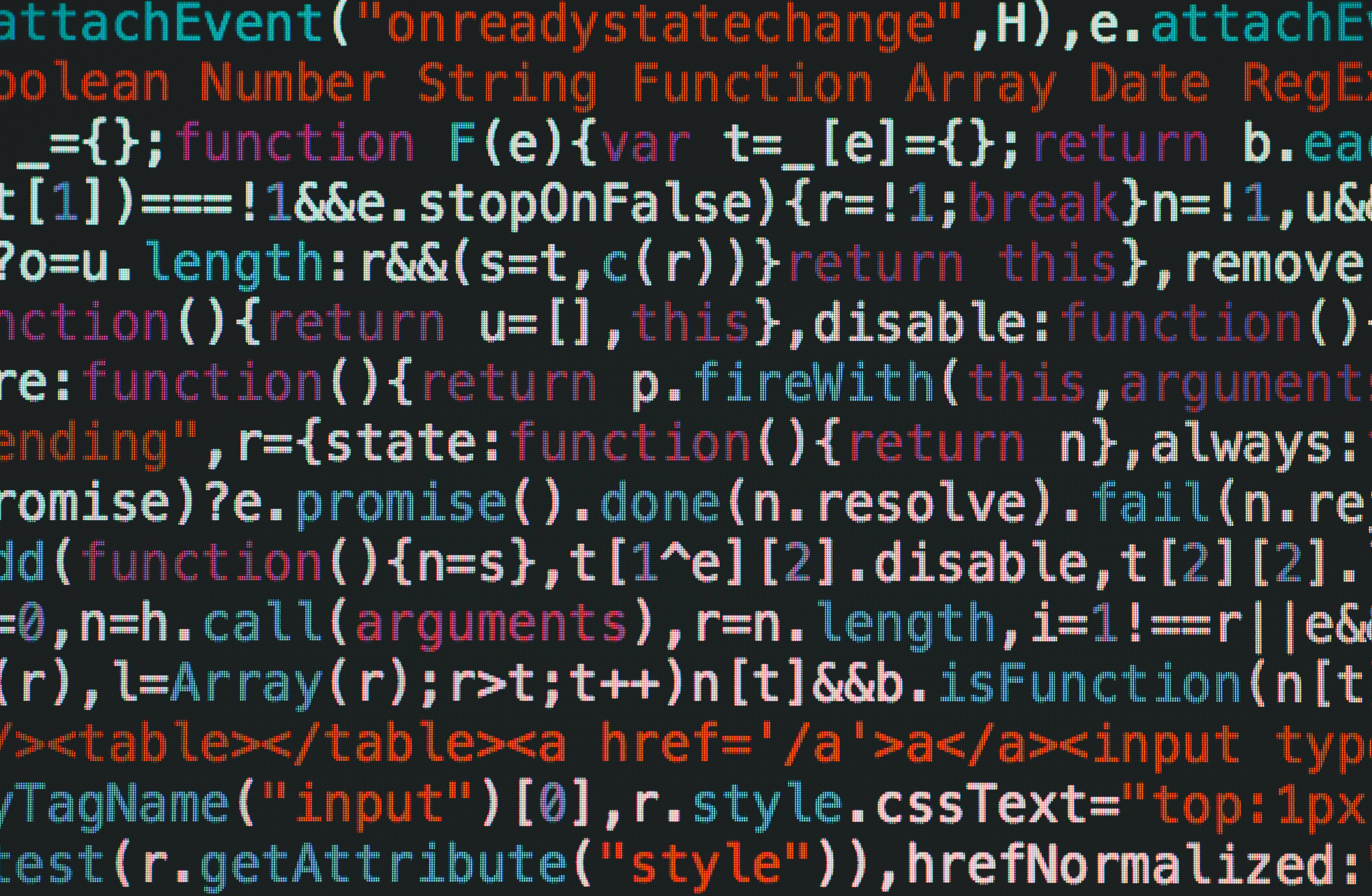How AI-Powered QA Turns 100% Visibility into Compliance, Coaching, and ROI
The Old Way vs. The Smart Way
The Old Way vs. The Smart Way
For decades, QA teams have listened to just 1–2% of calls. Not because leaders wanted limited visibility, but because there weren’t enough hours in the day.
Now, AI has changed that. With automated speech analysis, natural language models, and compliance flagging, it’s finally realistic to review 100% of customer interactions—instantly, accurately, and without expanding headcount.
The question isn’t “Can we do it?”
It’s “How should we combine AI and human QA for the best results?”
It’s “How should we combine AI and human QA for the best results?”
The Case for 100% AI-Powered Review
1. Compliance and Risk Mitigation
When only 2% of calls are checked, 98% of potential violations go unseen.
With AI reviewing every call:
With AI reviewing every call:
- HIPAA, PCI, and GDPR risks are flagged in real time.
- Small mistakes are caught before they become fines.
- Every interaction is audit-ready and defensible.
Even one prevented compliance breach can offset a year of AI QA costs.
2. Smarter Coaching and Continuous Improvement
Human QA reveals how a few agents perform. AI QA reveals how the entire team performs.
- Supervisors get performance visibility across empathy, tone, and resolution.
- Coaching becomes personalized and data-driven.
- Ramp time drops because feedback happens daily, not weeks later.
Middle performers—usually invisible in sample-based QA—finally get the attention they need.
3. Operational and Business Insight
Every conversation holds business intelligence: customer objections, churn signals, billing pain points.
AI makes these visible across all calls:
AI makes these visible across all calls:
- Identify root causes behind repeat contacts.
- Spot emerging trends before they affect CSAT.
- Transform QA from a compliance expense into a strategic advantage.
Example: one MosaicVoice customer discovered that 17% of inbound calls stemmed from a single confusing line on its invoices.
4. Audit-Readiness and Trust
For hospitals, BPOs, and utilities, clients increasingly expect verifiable QA documentation.
- AI QA automatically creates timestamped, searchable records.
- It satisfies SOC 2, HIPAA, and HHSC §3800 audit requirements.
- It demonstrates transparency to regulators and clients—boosting trust and contract renewals.
Where Manual QA Still Shines
Human QA remains essential—but not for volume. It’s for judgment, nuance, and coaching.
Manual reviewers can hear emotion, tone, and context that AI might miss. But their time is best spent refining insights, not sampling blindly.
Manual reviewers can hear emotion, tone, and context that AI might miss. But their time is best spent refining insights, not sampling blindly.

The Ideal Model: Hybrid QA
The strongest contact centers now combine the two approaches:
- AI QA (100% coverage): Flags every call for compliance, sentiment, and performance.
- Human QA (5–10% calibration): Validates AI scoring and provides personalized coaching.
This hybrid system provides:
- Coverage for compliance.
- Depth for development.
- Speed for operational decisions.
It’s how MosaicVoice clients achieve both regulatory confidence and team growth—without hiring additional QA staff.
The Bottom Line

Conclusion
No one is suggesting a human should listen to every call—that era is over.
But every call should be reviewed, and AI makes that possible.
But every call should be reviewed, and AI makes that possible.
The smartest contact centers use AI for breadth and humans for depth. It’s a partnership that turns QA from a cost center into a growth engine—catching every risk, surfacing every insight, and empowering every agent.
